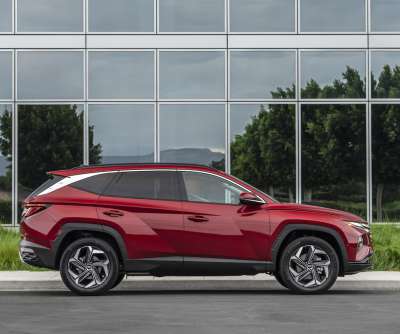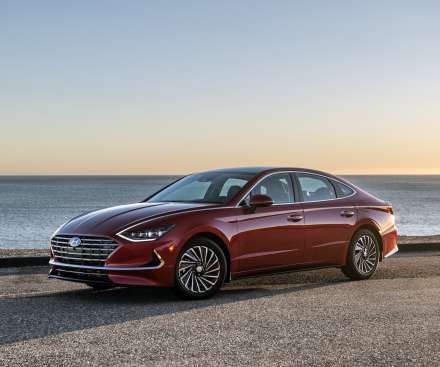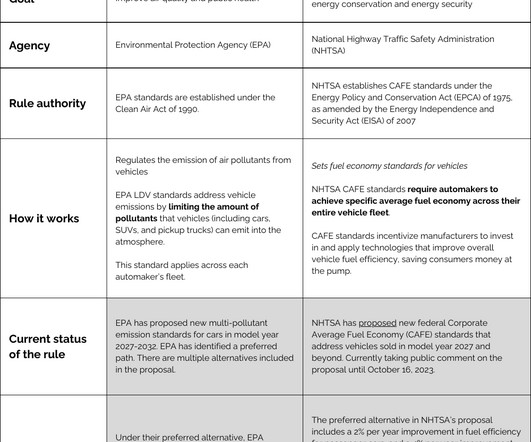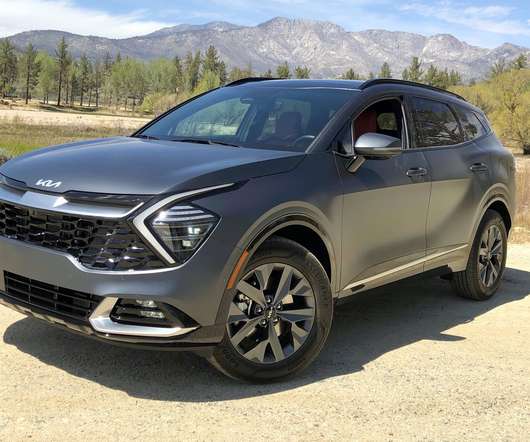EPA finalizes greenhouse gas standards for LDVs MY 2023-2026
Green Car Congress
DECEMBER 21, 2021
The Environmental Protection Agency (EPA) is finalizing the federal greenhouse gas (GHG) emissions standards for passenger cars and light trucks for Model Years (MY) 2023 through 2026. EPA is planning to initiate a separate rulemaking to establish multi-pollutant emission standards under the Clean Air Act for MY 2027 and later.







































Let's personalize your content